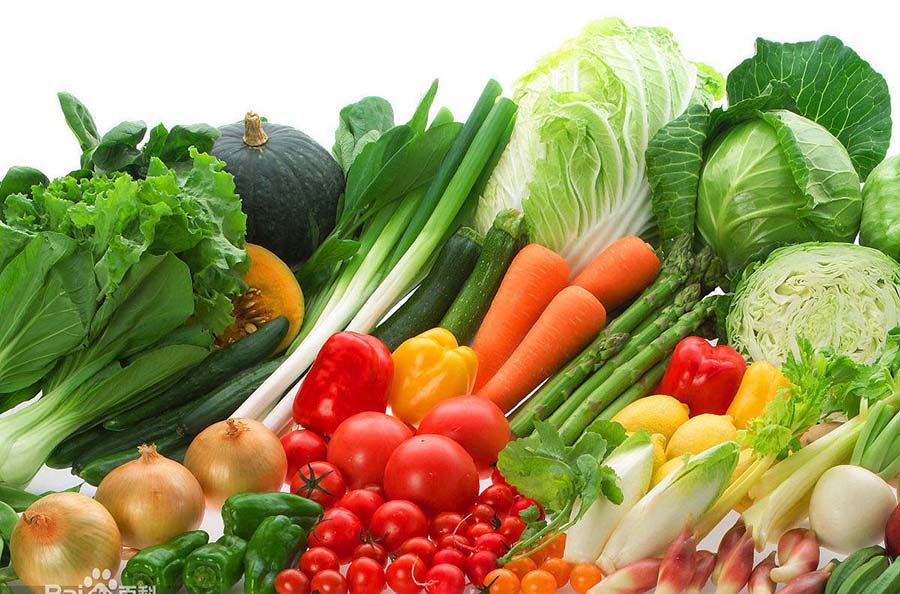DONG Lingdi, YANG Yubo, SHI Linqi, JIAO Yonggang, GUO Jinghua, HE Caixia
This experiment consists of eight varieties of tomato were collected from home and abroad,the indexes of physiological and biochemical characteristics,field resistance,yield and quality were determined after the haze.The results showed that:during the weather of low temperature and haze,solar greenhouse's own environmental conditions far could not meet the requirements of the temperature,light and humidity of tomato.Under stress conditions,the varieties with stronger resistance were Jinpeng No.8 and Fenyan No.1,their fruit drop rates were 2.5%,3.7%,dead rates of plant were 38.8% and 25.0%,the diseases incidence rates were 35.5% and 35.0% respectively,These indicators were in the lower level than other varieties.And Jinpeng No.8 had the highest yield,54 300 kg/hm2,followed by Fenyan No.1and T1701,which production were more than 50 000 kg/hm2. Fruit quality,the maximum of sugar acid ratio was Jinpeng No.8,and the taste was best;The minimum of the nitrate content was Fenyan No.1.The whole fog and haze,the smallest decrease amplitude of chlorophyll was Jinpeng No.8,Fenyan No.1 wasthe second.Physiological and biochemical indexes,the varieties of accumulated more contents of soluble sugar and proline were Jinpeng No.8,Fenyan NO.1,the value of SOD and POD were also higher,The content of MDA didn't have obvious differences between species in this experiment.Therefore,under low temperature and weak light,the varieties with self-regulation,strong adaptability were Jinpeng No.8,Fenyan NO.1,which results of physiological indexes were consistent with the results of field experiments.
